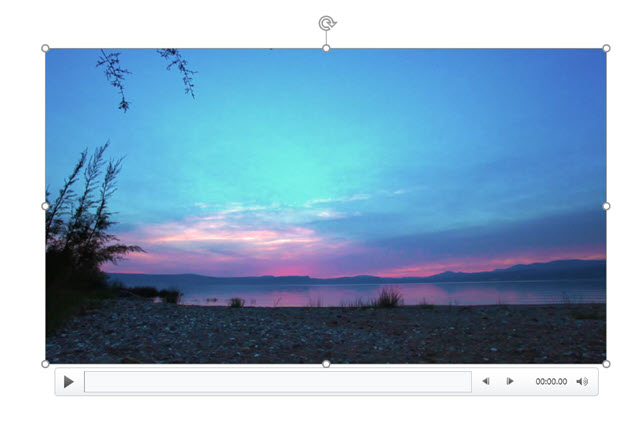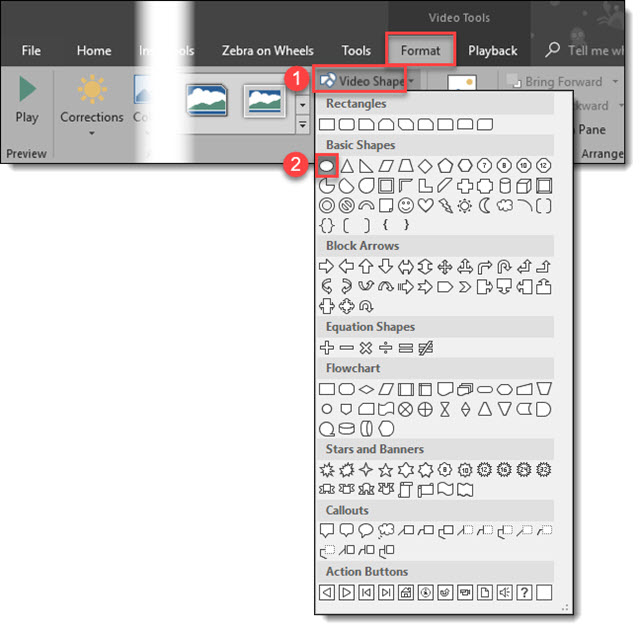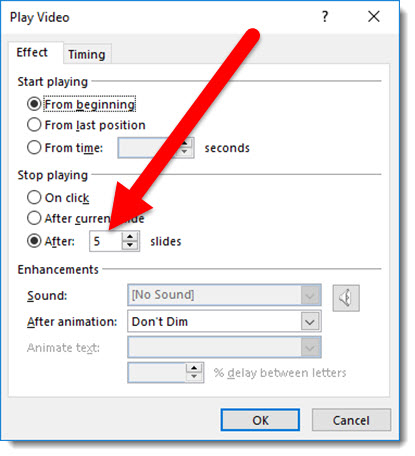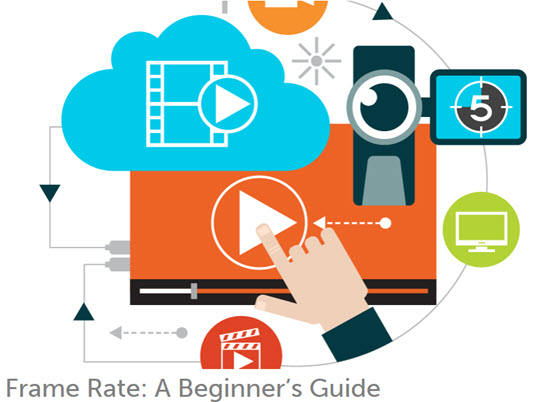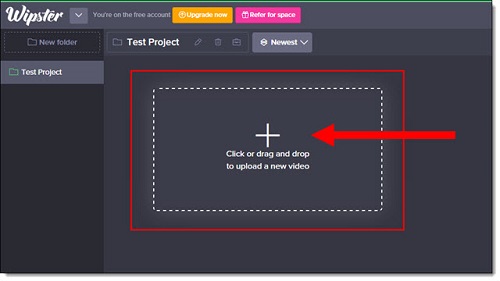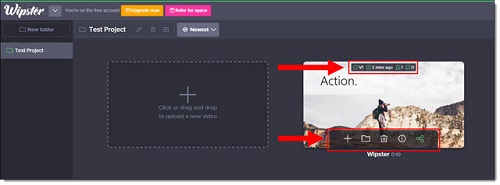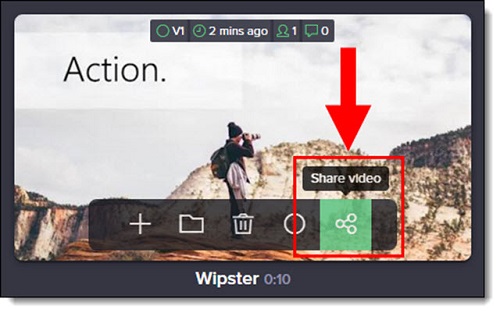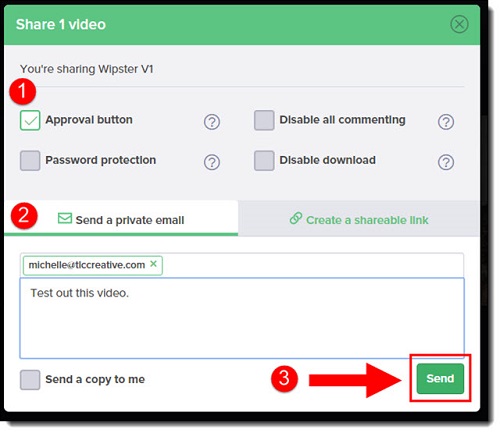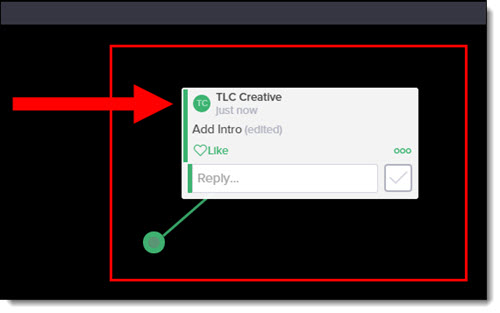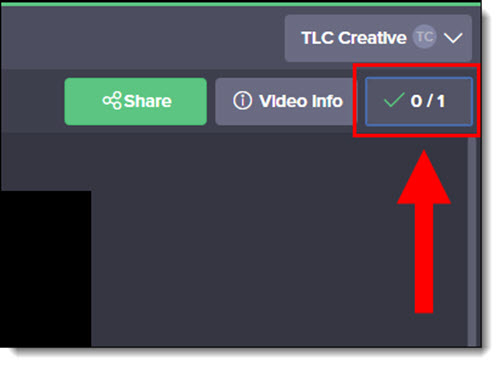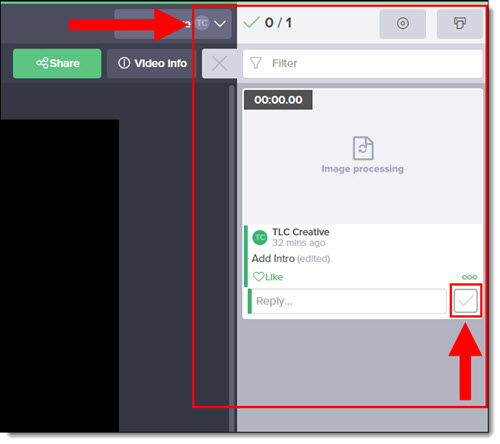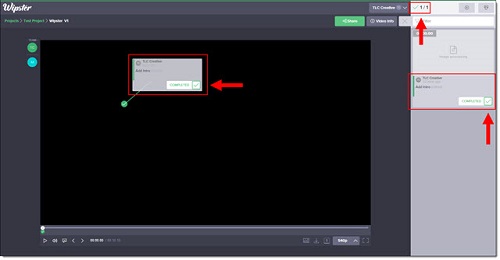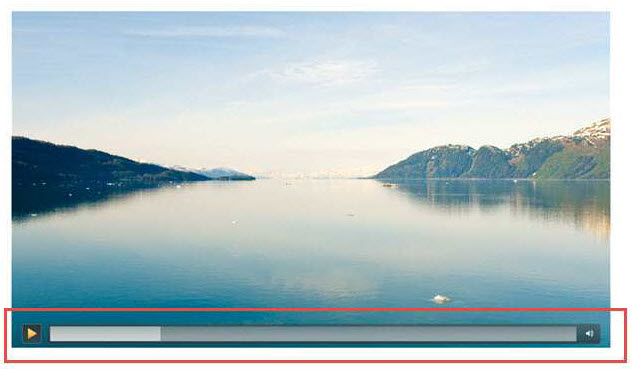Hightail, formally YouSendit, has introduced a new tool, Hightail Spaces. So in addition to the file sharing services, they have added an online tool for video and image feedback.

Using Hightail Spaces for client file review is pretty straight forward and similar to Wipster (see previous post). Here is a quick walk through of the collaborative process:
1. Log in (or sign up) to your account, and click on the Spaces tab.

2. If it is your first time accessing, click Get Started, and Accept.
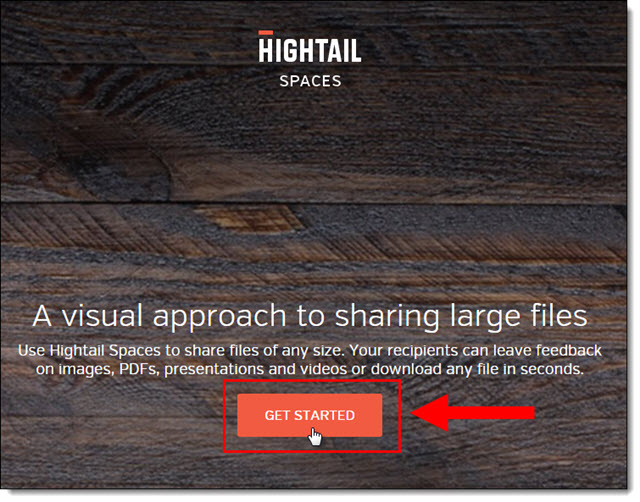

4. All of your Spaces show up, which makes it easy to have separate folders/Spaces for each client or project.
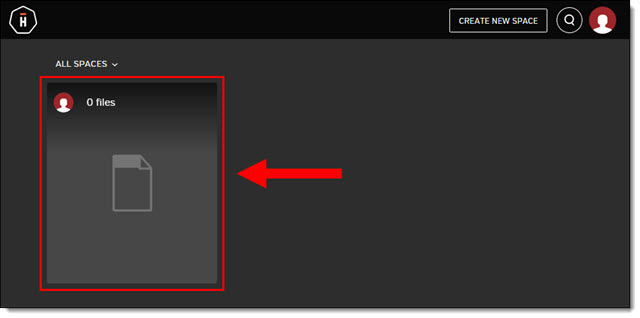
5. Hover over a Space and click to View any files, get a share link, or delete that Space.
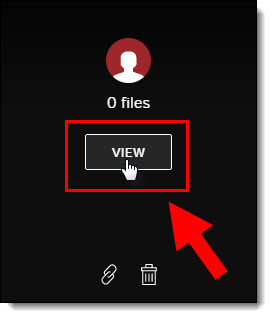
6. Spaces can be personalized to a project or client with a: (1) custom name and (2) description. The (3) chart icon shows the analytics of that Space.
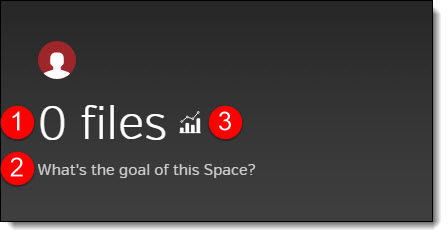
7. When viewing a space, use the Share button to invite clients to securely view any files in there.

8. To add a video for review, either Drag and drop or click the plus icon (which also allows files to be uploaded from other services: Dropbox, Google Drive or Microsoft OneDrive).
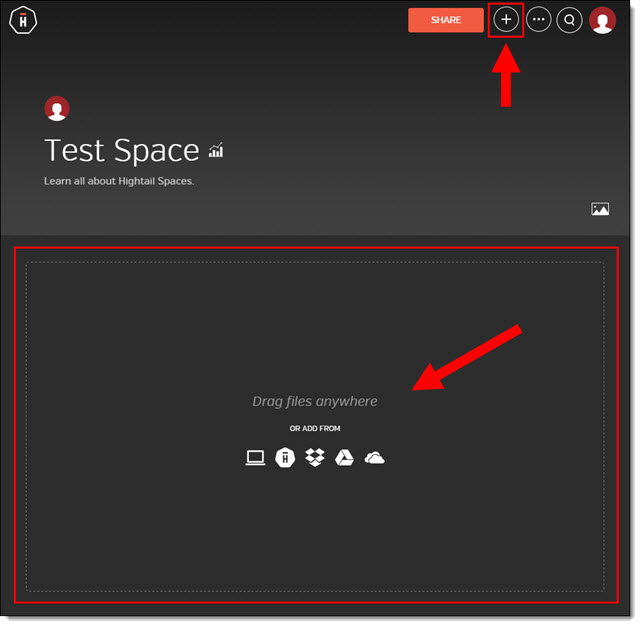
9. Once uploaded, every file is displayed with a preview thumbnail.
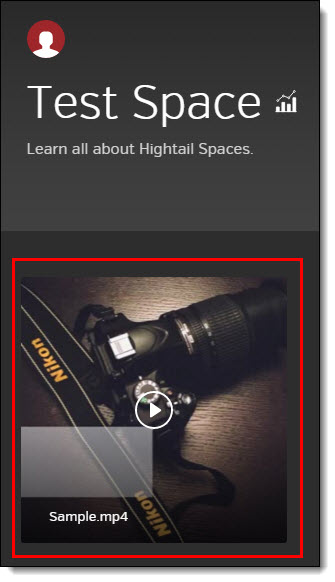
10. To review, your client just clicks on the thumbnail which opens the video preview and the comments side panel. To add a comment, drag a marque directly on the video and type any comment, then click Post. The comment pane lists all of the comments and replies. A really great feature is that the video playback has a red dot for each comment.
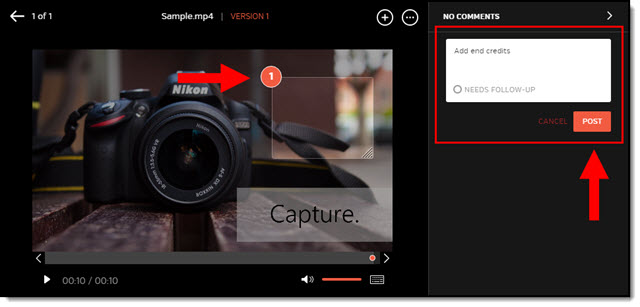
10. Spaces allows multiple versions. The current version is displayed at the top of the page. Previous versions are viewable by clicking on the version number in the list.
12. Access and share links are controlled by the overall Space and the individual files. (1) Access can be public or private (2) Copy a link to send in an email, text or IM. (3) Access options include edit, comment, download, and (4) Share directly on Slack (if you use that).
Note: Download options are only available with a paid subscription.
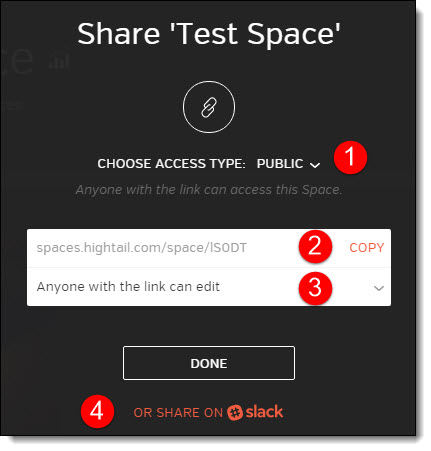
Hightail Spaces is another client review option to check out. There are both free and paid options.
-Troy @ TLC





